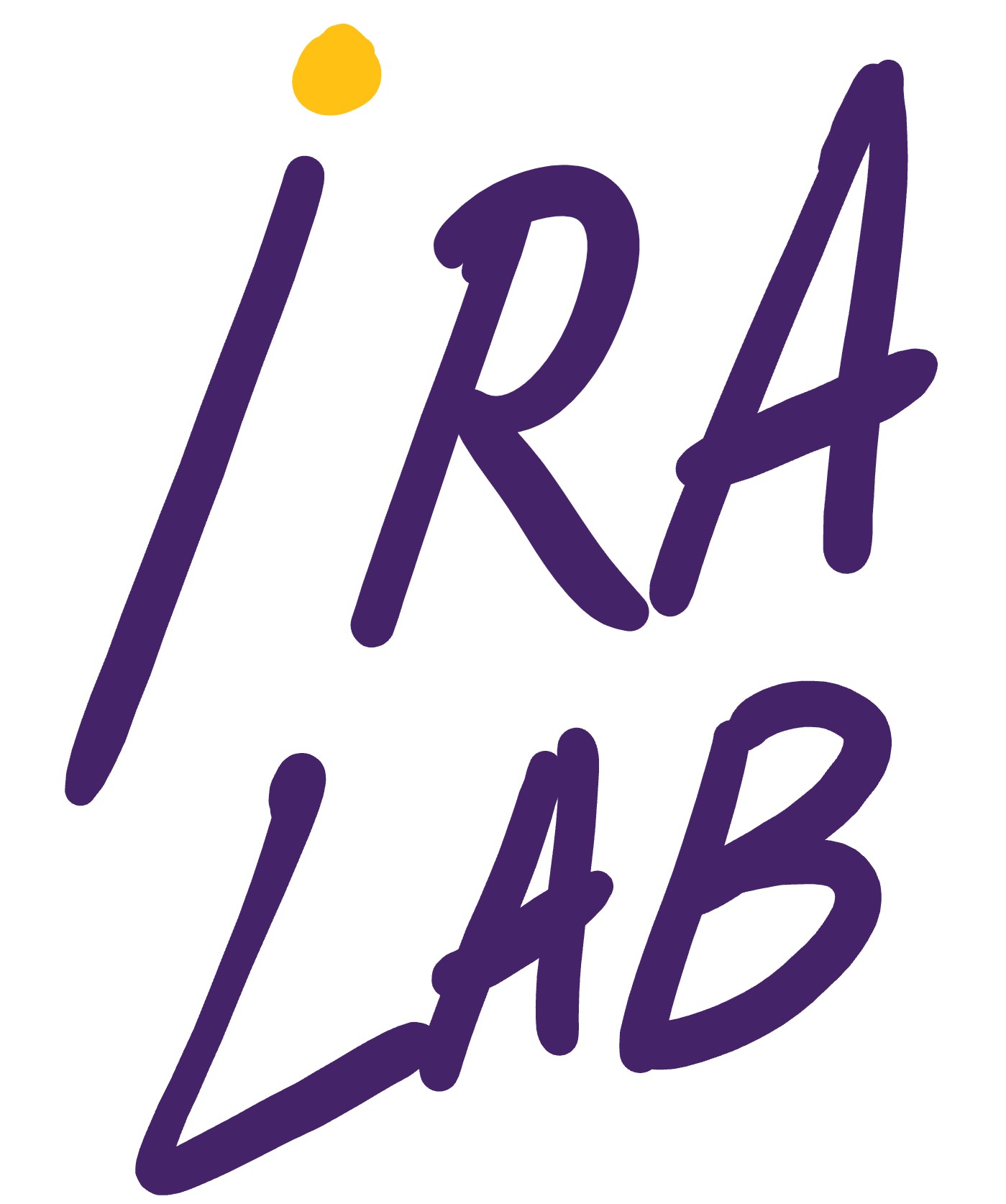Return to Gabriele Galimberti's personal page
Description of the work:
This work deals with the construction of maps starting from point clouds (sets of 3D points), obtained from a specific acquisition pipeline.
The acquisition pipeline will integrate the results of the panoptic segmentation (semantic and multi-instance segmentation) of camera images with the point clouds obtained by LiDAR sensors of the same scene (in this work we will focus on the urban environment).
The panoptic segmentation will be the main focus of the work, and will be carried out on the image. The result will be used to remove from the same-time point cloud all the points that are not relevant in the construction of the map, such as people, vehicles, and any other not-really-static or anyway not-really-usable-for-mapping object
The point clouds, after being deprived of the elements of the scene that are not really static, are used in an incremental map construction process. This requires that, in addition to the increase in the area covered by the map, the observer's position is obtained, relative to the time instant in which each point cloud was acquired.
This is obtained by comparing the point cloud with the map built up to that moment. This result can be obtained with local point cloud registration algorithms, such as ICP (Iterative Closest Point) or other alternatives known in the literature.
For each point cloud added to the map, the corresponding pose is kept in memory, in order to update it later on, when the detection of a loop takes place. In these (loop) situations, a correction mechanism for the pose of each point cloud will be applied, in order to make the map geometrically consistent. For this SLAM part of the work, the forecast is to rely on existing tools and software and in any case to develop interventions not particularly extensive.
The steps we foresee for the work are:
- Compute the panoptic segmentation of the image obtained with camera.
- Remove the points that are not relevant from the point cloud corresponding (registered) to the image.
- Register the last point cloud to the map obtained so far, and obtain the position of observer.
- Check whether there is a loop closure.
- If a loop is detected: register the relative pose of all point clouds so to have a geometric consistent map.
